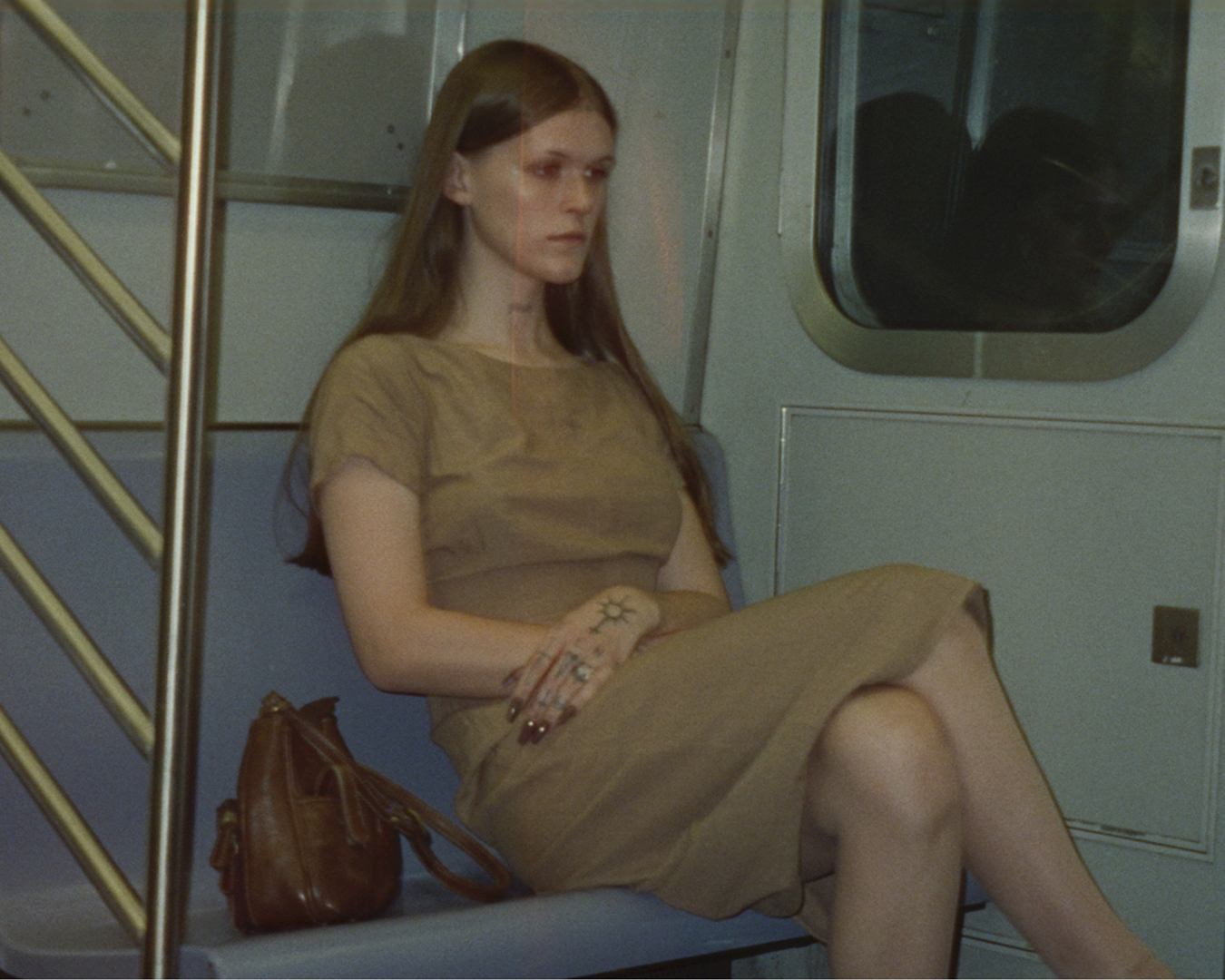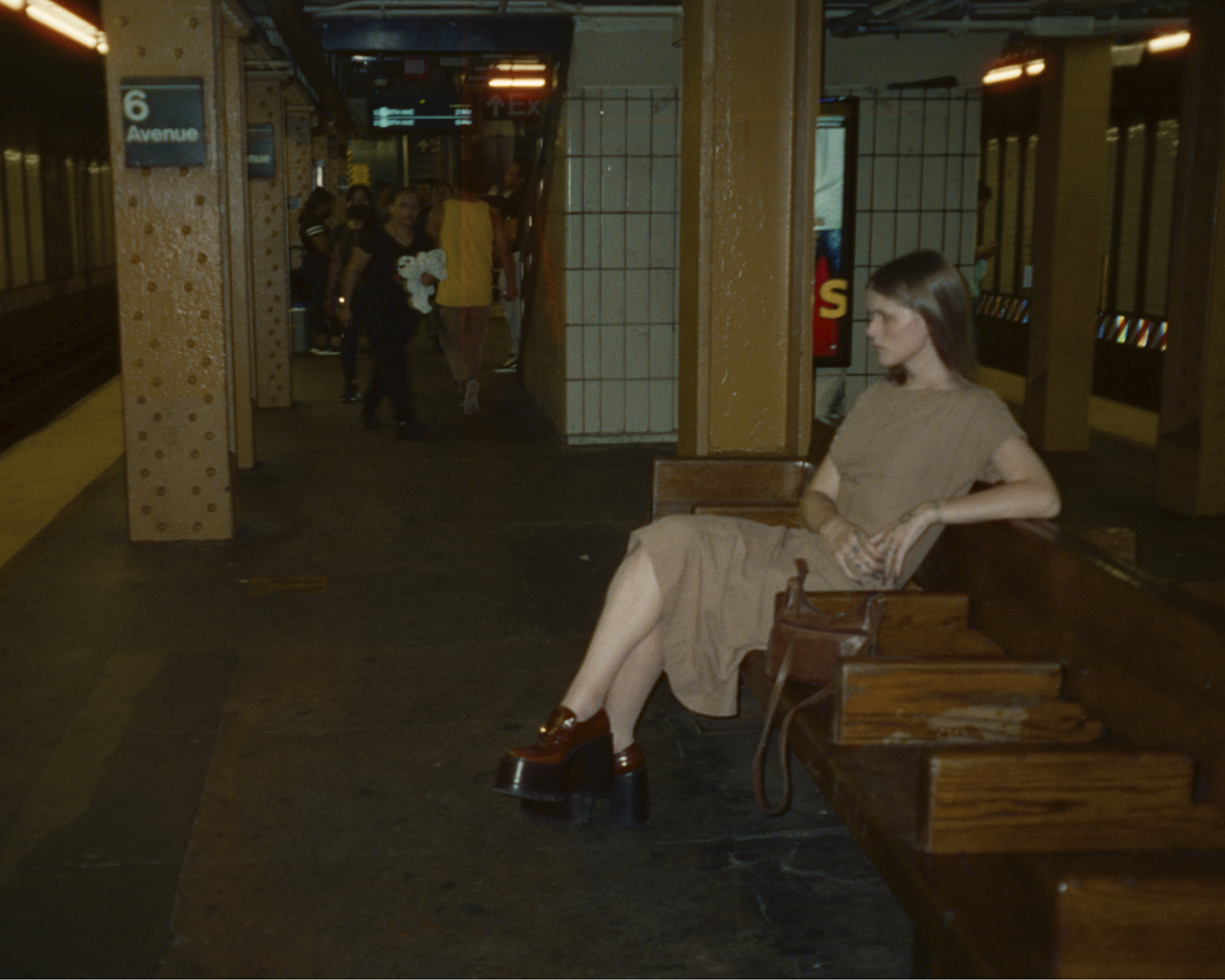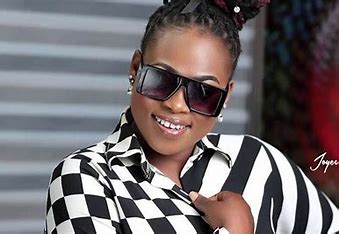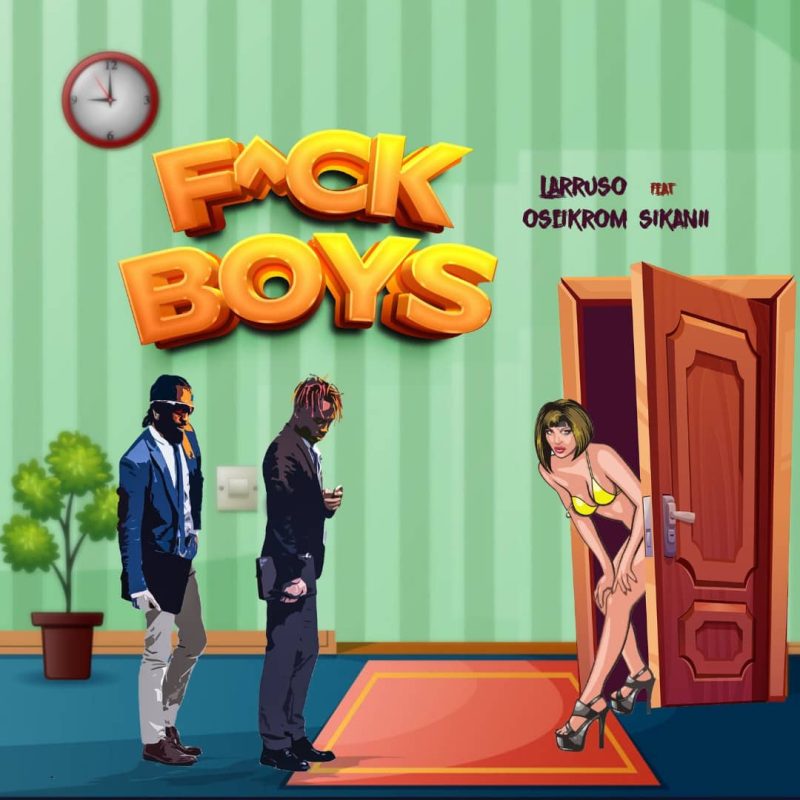Ethel Cain is subverting the idealised American Dream
Written by ABR on 23/11/2022
This story originally appeared in i-D’s The Royalty Issue, no. 370, Winter 2022. Order your copy here.
A wooden cross stands at attention, stark and pristine against a cloudless blue sky. The candy apple red of a cheerleader’s starched uniform looks all the brighter contrasted against a picture-perfect high school football field. She spins and claps beneath a rippling American flag. A helicopter flies overhead, surveilling the tranquillity below; it looms over roller skates, bike rides, Slurpees, clean paved roads winding through swampland. The cheerleader buys beer from a local gas station. Two children watch the twin towers collapse on a beat-up television. A woman lies sprawled in a field of tall grass, alone and looking towards the trees. Bleak, beautiful, inexplicably macabre: these are scenes from Ethel Cain’s America.
Specifically, they’re scenes from the music video for her enigmatic anthem “American Teenager”, which Hayden Anhedönia – the 24-year-old artist behind the Ethel Cain persona – filmed in her hometown of Perry, Florida. The track, which uses Springsteen-inflected heartland rock and idyllic visuals to contrast a complex message about the American war machine, is a perfect example of the thematic tensions that underscore Hayden’s musical canon.
Subscribe to i-D NEWSFLASH. A weekly newsletter delivered to your inbox on Fridays.
The character of Ethel Cain is a preacher’s wife from the Deep South who lives in an aesthetic universe full of wooden crucifixes, hazy sepia photographs, empty liquor bottles, one-room schoolhouses, and paintings of Jesus hung on the wall. At the end of her album, Preacher’s Daughter, she dies brutally at the hands of a cannibalistic psychopath.
Like many artists who explore complex relationships with the national imagination, Hayden often struggles with how the themes of her work are interpreted by her now-vast audience. “When American Teenager dropped, I quickly started seeing people be like, ‘Ethel Cain makes me want to grab a Bible and go to church, buy a gun and praise the American flag.’ And I was like… that is absolutely not the point at all,” she says, calling from her wood-panelled home in Alabama. “I know how I feel about this country. I know the bad things that have happened to me in the South. I know the negative connotation that I get when I look at a Bible or I look at the American flag. I know the evil and the darkness and the bitter taste in my mouth that those things have left for me. The private reclamation of my home, of the little things in between the cracks that I was coming back to loving, was being misinterpreted as me just going down South, guns blazing, flag waving, taking all of it back into my arms… it’s something I have to be wary of.”

Of course, the Ethel Cain story is one that explores the darkest underbellies of American culture: violent misogyny, religious fundamentalism, generational trauma, the subtle tragedies of small-town life. Criticisms of her subject are baked into the very bones of Preacher’s Daughter, but perhaps the fact that a song about the horrors of war can be read as a rah rah Americana anthem when it’s sung on a high-school football field is proof of how irresistible and intoxicating the American aesthetic can be. It’s always been difficult to explore the beauty and terror of American mythology without seeming to buy into its promises.
This contrast is one that’s been present in Hayden’s life since the very beginning. Like many people who grew up religious, Southern, or in small town communities, Hayden’s relationship with home is complicated: for one, growing up the daughter of a deacon in a Bible Belt town, her queerness and transness always existed at odds with the seemingly pristine world around her. Ethel Cain is a fictional character, but the complexity of a story that’s juxtaposed against the picture-perfect parochial world in which it takes place is deeply personal: Hayden has been living it her whole life.
“I know how I feel about this country. I know the bad things that have happened to me in the South. I know the evil and the darkness and the bitter taste in my mouth.” Ethel Cain
“Ethel was inspired by my kind of 180 back to the South, and falling in love with the old barns and the old buildings and the mythology and the mystery of the pictures under your grandmother’s bed… I’ve kind of struggled with finding a way to love myself as myself, so it’s always been really fun to step into another character,” Anhedönia says.
She got her persona’s name from the biblical story of Cain and Abel. “It was always my favourite Bible story growing up, because it disturbed me the most. A lot of the record is about the relationship between family and sin and guilt and shame… the actions of your family before you and how they affect you. And in the Bible, after Cain kills his brother – the first murder – God banishes him to wandering the wilderness for his whole life, and his entire lineage will bear the mark of Cain. And they will never be offered refuge anywhere. The idea that your great-great-great-grandfather can commit a sin and you will bear the responsibility for it, and you will never know peace because of something you had nothing to do with… It just felt very on-the-nose to that generational trauma.”

Her fascination with the story began at a young age, when her childhood Bible cartoons sparked a lifelong interest in the macabre undercurrent lying just beneath the surface of picturesque religious life. “I would watch these cartoons that were made for children – I probably started watching them when I was about three or four – and they would have cutesy little music and cute little animations. Then Cain would come up and beat his brother to death with a rock. And then there would be a cute jingle at the end, like, ‘Oh, the great stories of the Bible! Jesus loves you!’ And I hated it. I had never seen anything disturbing in my life. But I couldn’t stop watching it. You know, you go to church, and everything is nice and pretty, and nothing is bad, but then listening to these Bible stories about these violent atrocities, I was like, wow, this is weird. And I think that was kind of my jumping-off point. I was like, there is something nasty at work in his world.”
“It’s really hard to describe your fascination with something disgusting and awful. It’s like a car crash… You know it’s bad, and it doesn’t make you feel good, but the feeling of it is almost intoxicating. I think that’s a feeling that a lot of people like to pretend isn’t real.”
“It’s so interesting watching the rest of the country demonise the South. All of my friends who are queer, Black, Hispanic, trans – all these people who are going to suffer from the election – not only have to deal with the knowledge that we’re gonna have an insane Republican president, but also to have the rest of the country be like, ‘Fuck you.’” Ethel Cain
This cohabitation of perfection and darkness is the essence of Southern Gothic itself. It aims to dig into American mythology and uncover the grotesque – it takes white dresses, church bells, Bible stories, the hot sun in a cloudless sky, and twists them around until the eeriness at their centre is exposed to the light.
Preacher’s Daughter serves to humanise and criticise the South in equal measure, with an honesty and empathy that’s often difficult to find. “It’s interesting when you live in the South… When Florida voted red, everybody was like, ‘Fuck Florida. The next time a hurricane comes through, see if we help you.’ And I remember living in Tallahassee at the time, and all of my friends who campaigned and cried and worked so hard to try to make some change in the state were just so defeated. It was so interesting watching the rest of the country demonise the South. All of my friends who are queer, who are Black, who are Hispanic, who are trans – all these people who are going to suffer from the election – not only have to deal with the knowledge that we’re gonna have an insane Republican president, but also to have the rest of the country be like, ‘Fuck you.’ It’s important to note that there are still good people down here, trying to live their lives normally, and not all of them even want to move to a big liberal city.”
“To me, the Ethel Cain story is a horror story,” Hayden says, a tattered American flag pinned to the wall behind her. The American Dream, through her eyes, is a kind of horror story too. But by letting the listener into the intricacies of a world that’s often flattened and caricatured by popular media, the Ethel Cain project offers a complex kind of redemption. More than anything, it asks questions that speak to a nearly universal struggle: How can we love something that seems like it’s built to hurt us? How do we reconcile the feeling of home with the feeling of alienation?
Credits
Photography Silken Weinberg
Hair and makeup Ethel Cain
All clothing, accessories and shoes model’s own



 ABR Group
ABR Group